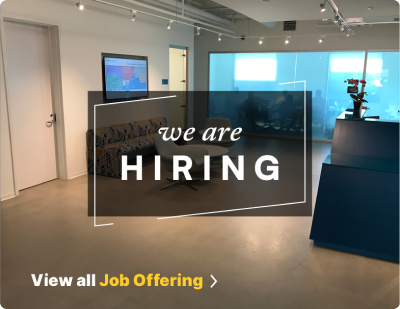
Capital Expenditures (CapEx) are a crucial part of maintaining and expanding any business. CapEx covers all expenses which are directly related to facilities, buildings, machinery, computers, and other physical things. This is separate from Operating Expenses (OpEx), which covers matters such as employee salaries, insurance, and utility bills. In general, OpEx is predictable and recurring, while CapEx tends to be more periodic and situational.
This makes planning and budgeting for CapEx costs more of a challenge than in other areas of budgeting, since these are often large expenses which must be thoroughly researched and justified. Facility managers looking to make a large CapEx investment, such as installing new flooring or other safety features, will have to make a serious case for the expenditure.
Here are a few tips for making the planning process easier.
Five Ways To Make CapEx Planning Go More Smoothly
1 – Create detailed cost breakdowns
A CapEx investment typically has costs which go beyond the strict dollar value of the upgrade or purchase. If you are upgrading features in a building which is currently in use, operations will be disrupted – or suspended entirely – while the contracted work is done. These costs need to be fully accounted for, and, if possible, contingency plans laid for continuing work despite the disruption. Also, will there be additional legal burdens? Major facility upgrades typically require permits and will probably have to be inspected by the city after installation. The more comprehensive the cost breakdown, the better.
2 – Examine alternatives
When replacing a major component in a facility, such as a large assembly line or the flooring, there is always the matter of whether such upgrades are truly necessary. For example, would it be more cost-effective to continue repairing and maintaining a machine, rather than replacing it outright? CapEx spends are typically easier to sell if there are hard numbers showing it to be the most cost-effective option in the long run.
3 – Establish a project management office
Even relatively fast or easy CapEx upgrades still need a lot of planning, and there is always the chance of something going wrong while the work is done. Any CapEx project should have dedicated management assigned to it and overseeing every step in the process. If the people in this position also have a direct interest in the project, even better since they’ll be more motivated to shepherd it through any problems.
4 – Have a contingency plan
What if something goes wrong? Even the best-planned construction or upgrade project can have unlikely delays or disruptions. For example, installing an epoxy floor is theoretically a simple procedure and can be done in 72 hours or so. However, because epoxy is sensitive to humidity, a surprise heavy storm can slow down its curing process – especially if it’s in a building with limited climate control. Always have a backup plan, if something goes wrong.
5 – Have clear metrics for success
A CapEx investment should be justified after implementation. How will the investment prove its value? Planning should include metrics which show the need for investment, while also being trackable afterwards to demonstrate the investment is working as planned – such as improving productivity, or decreasing workplace accidents.
BLACK BEAR SEAMLESS FLOORS, THE #1 CONTRACTOR FOR COMMERCIAL & INDUSTRIAL SOLUTIONS
Concrete coated flooring solutions fit every business model. It’s economical, longer-lasting, and can aesthetically pleasing. Black Bear Coatings & Concrete has partnered with commercial and industrial clients to provide longer lasting floors to fit every budget. Our experienced team will cover all of the concrete solutions and considerations with you before we recommend the ideal flooring system. Contact us for a free on-site consultation and to learn how we help you value-engineer better flooring solutions for your business or commercial space.



